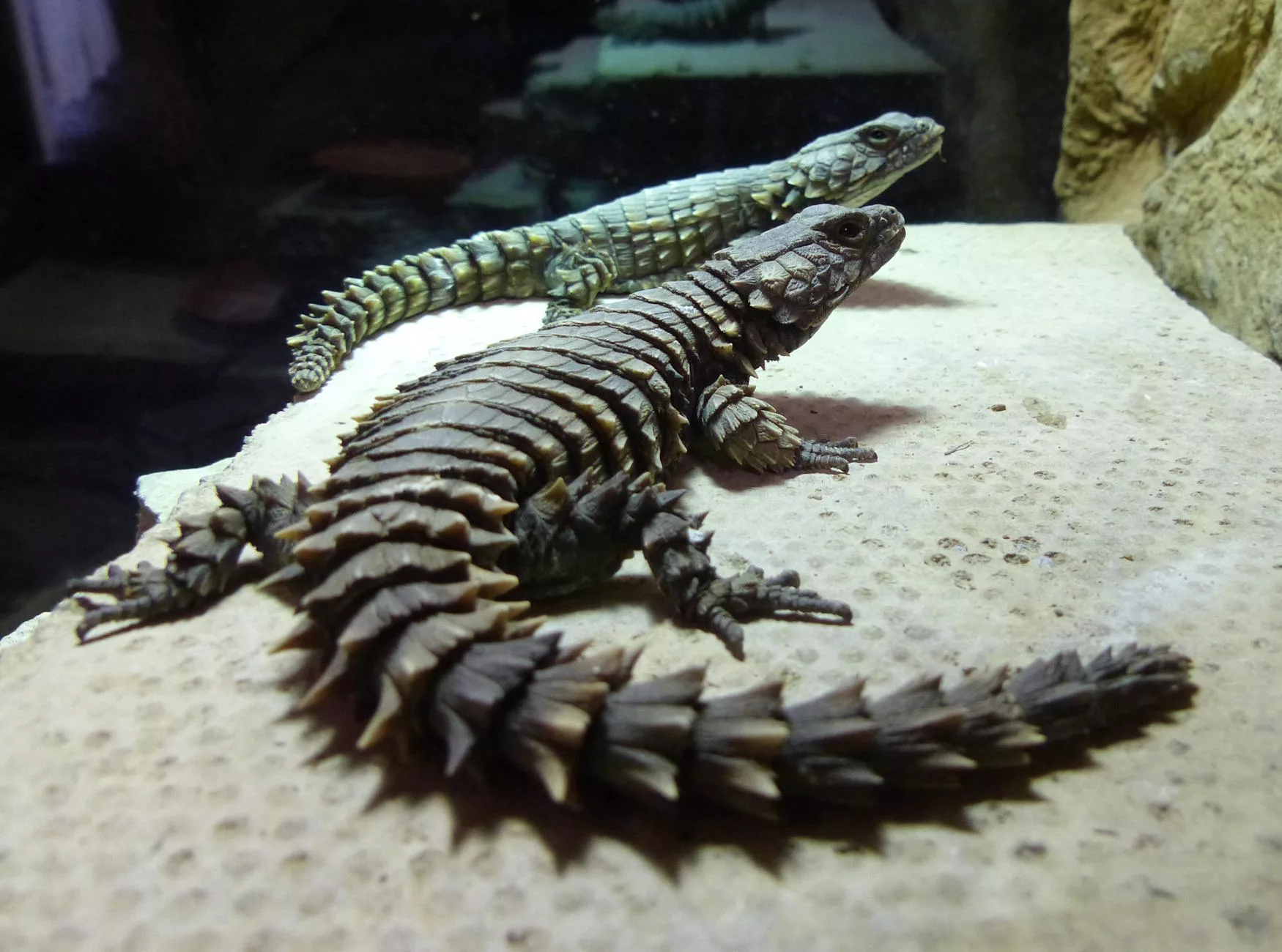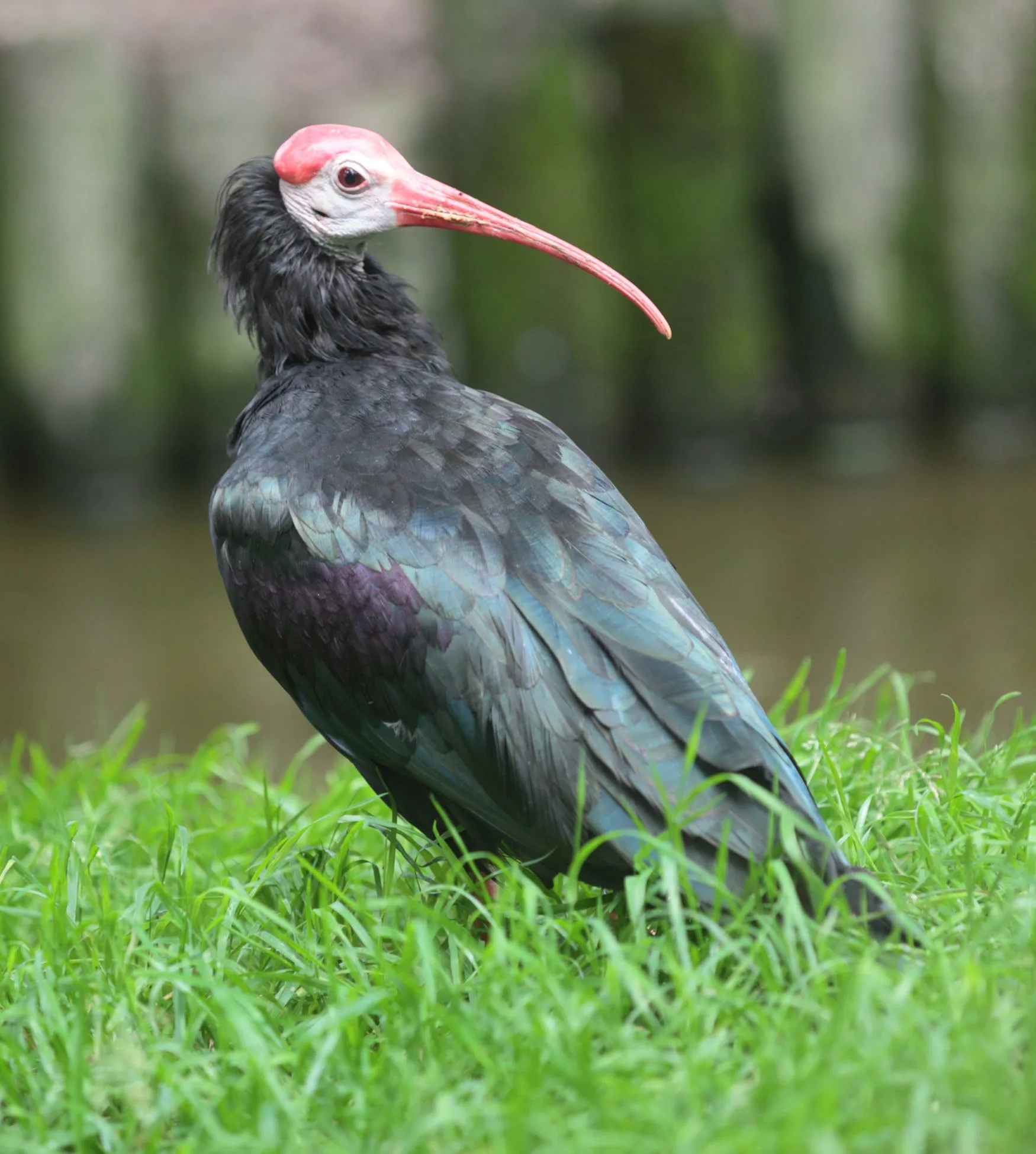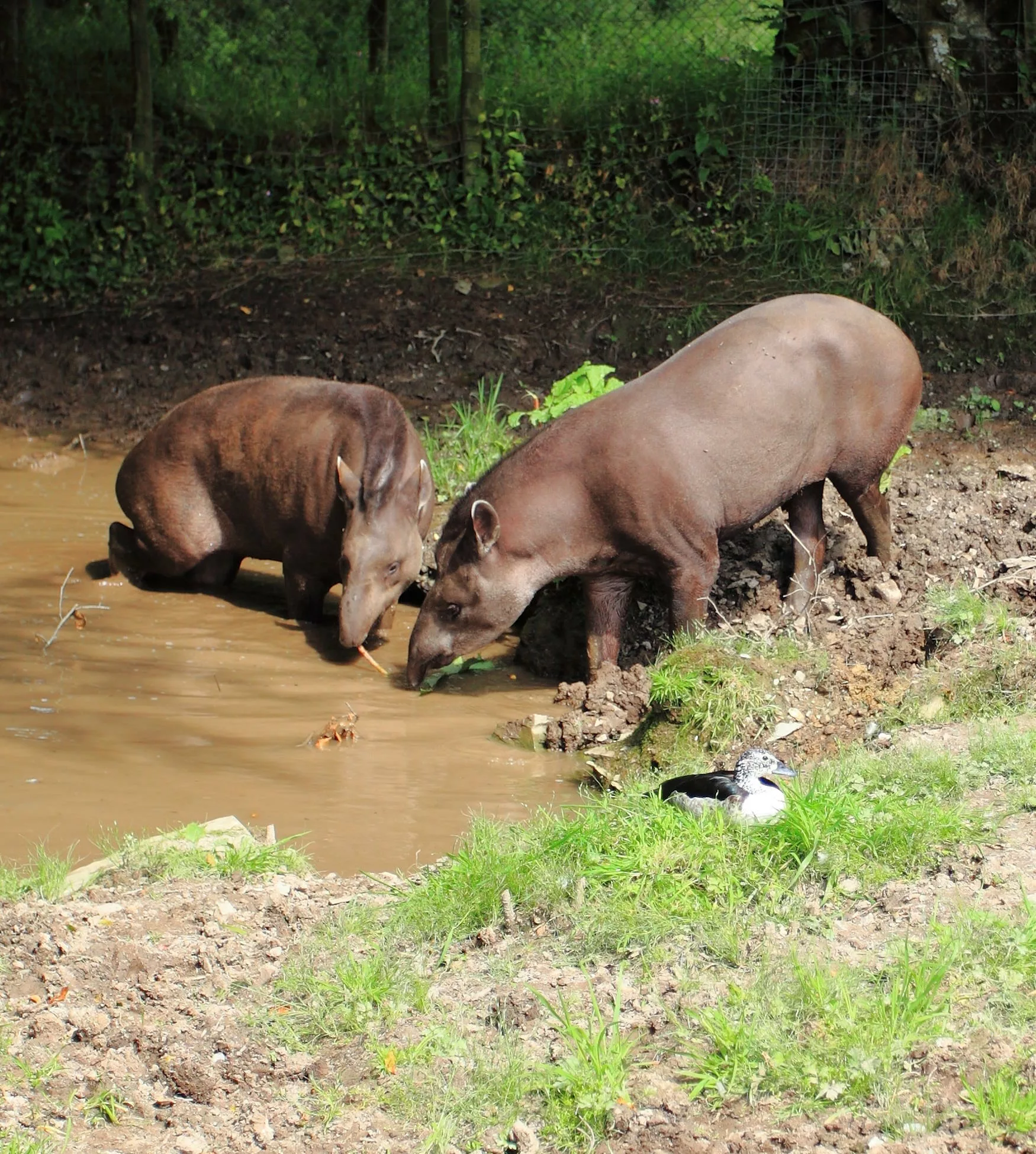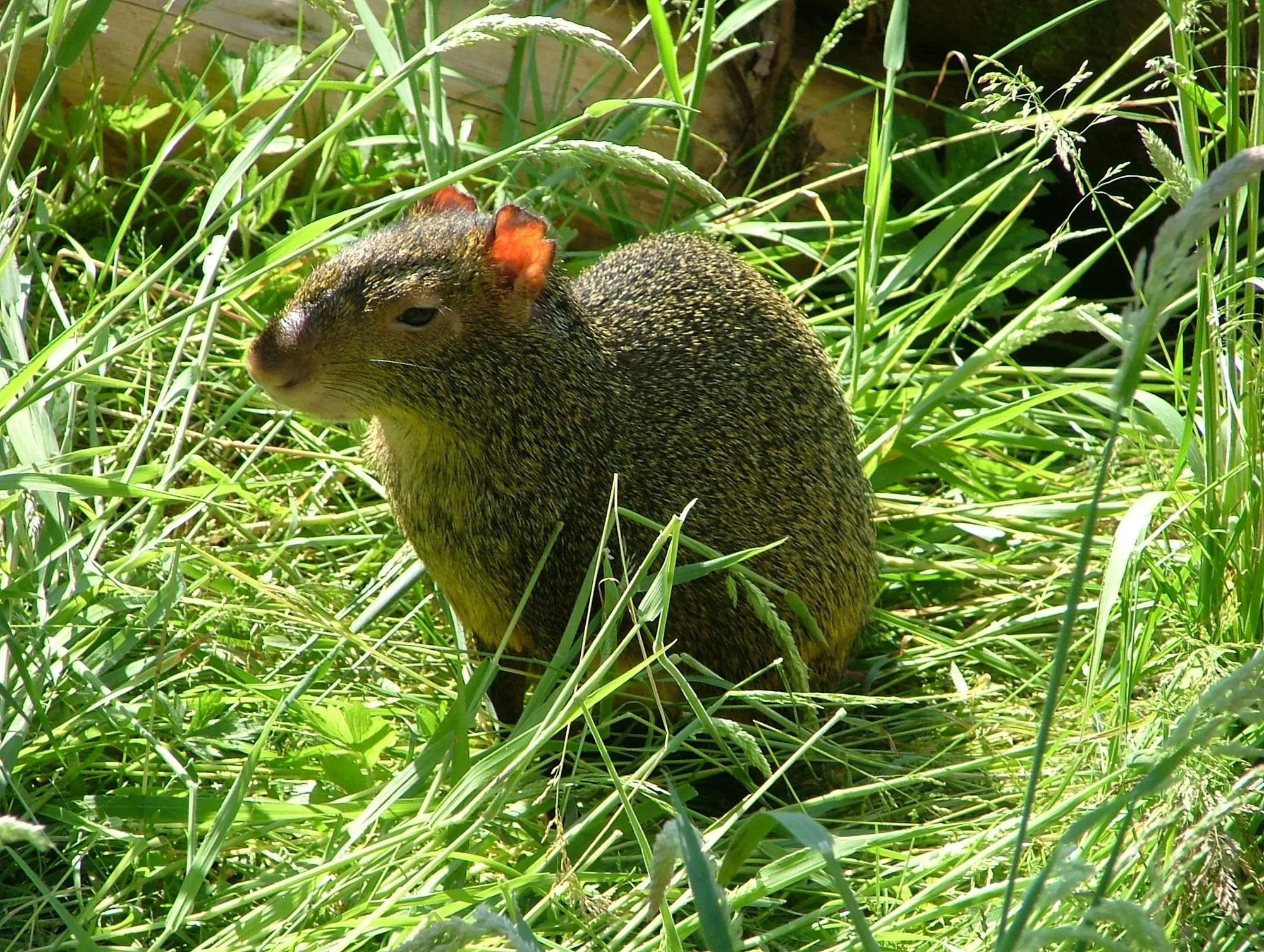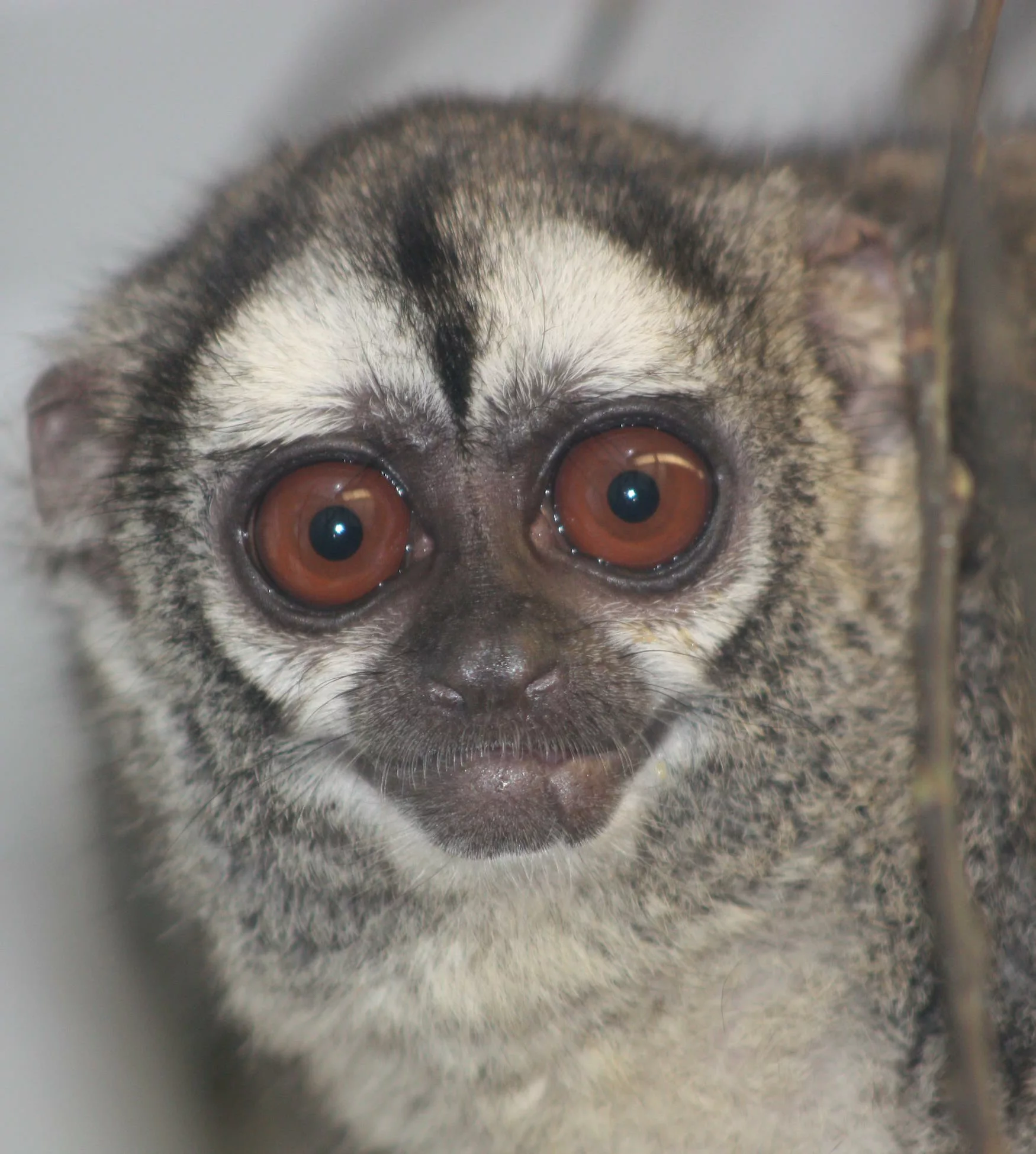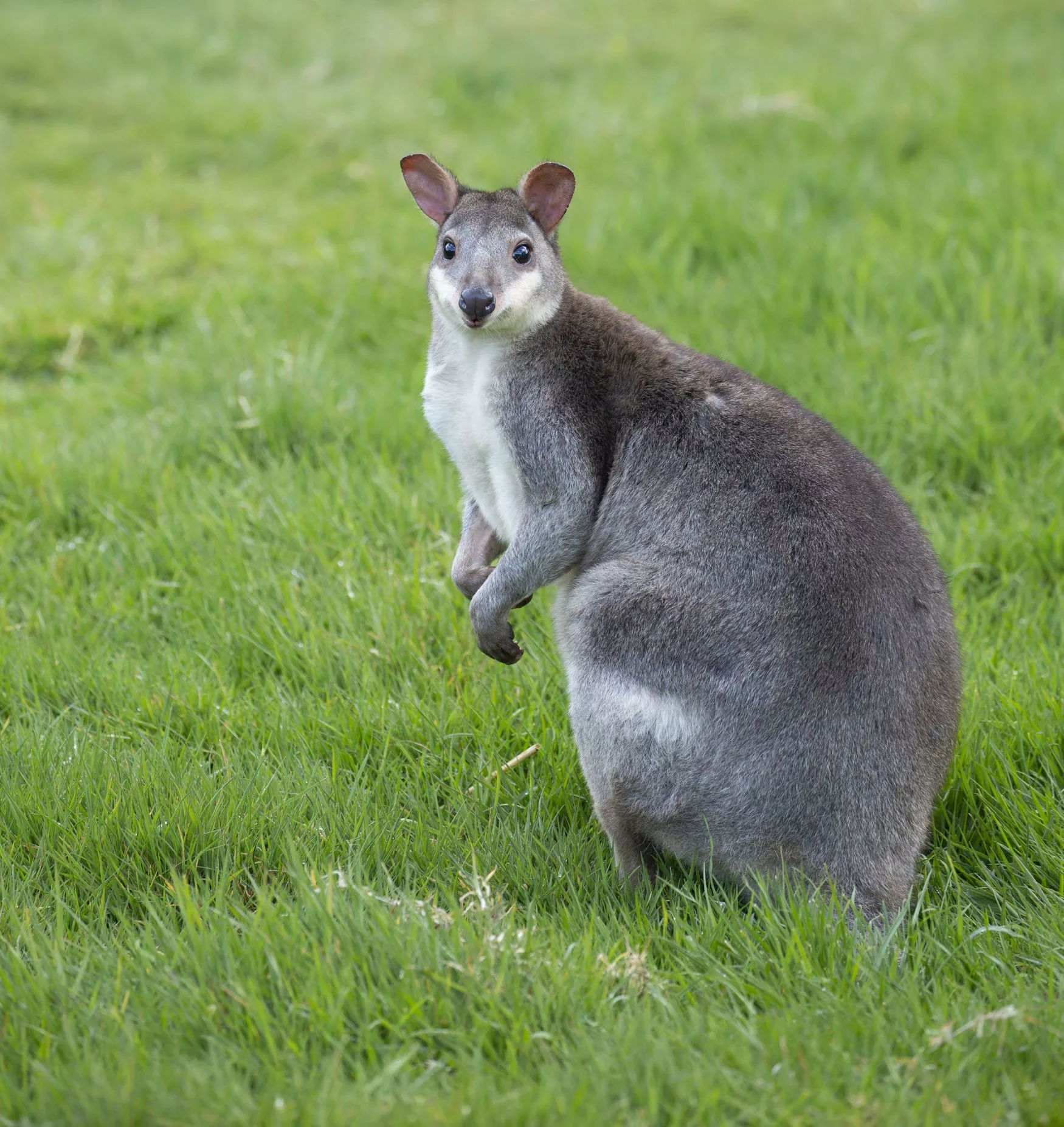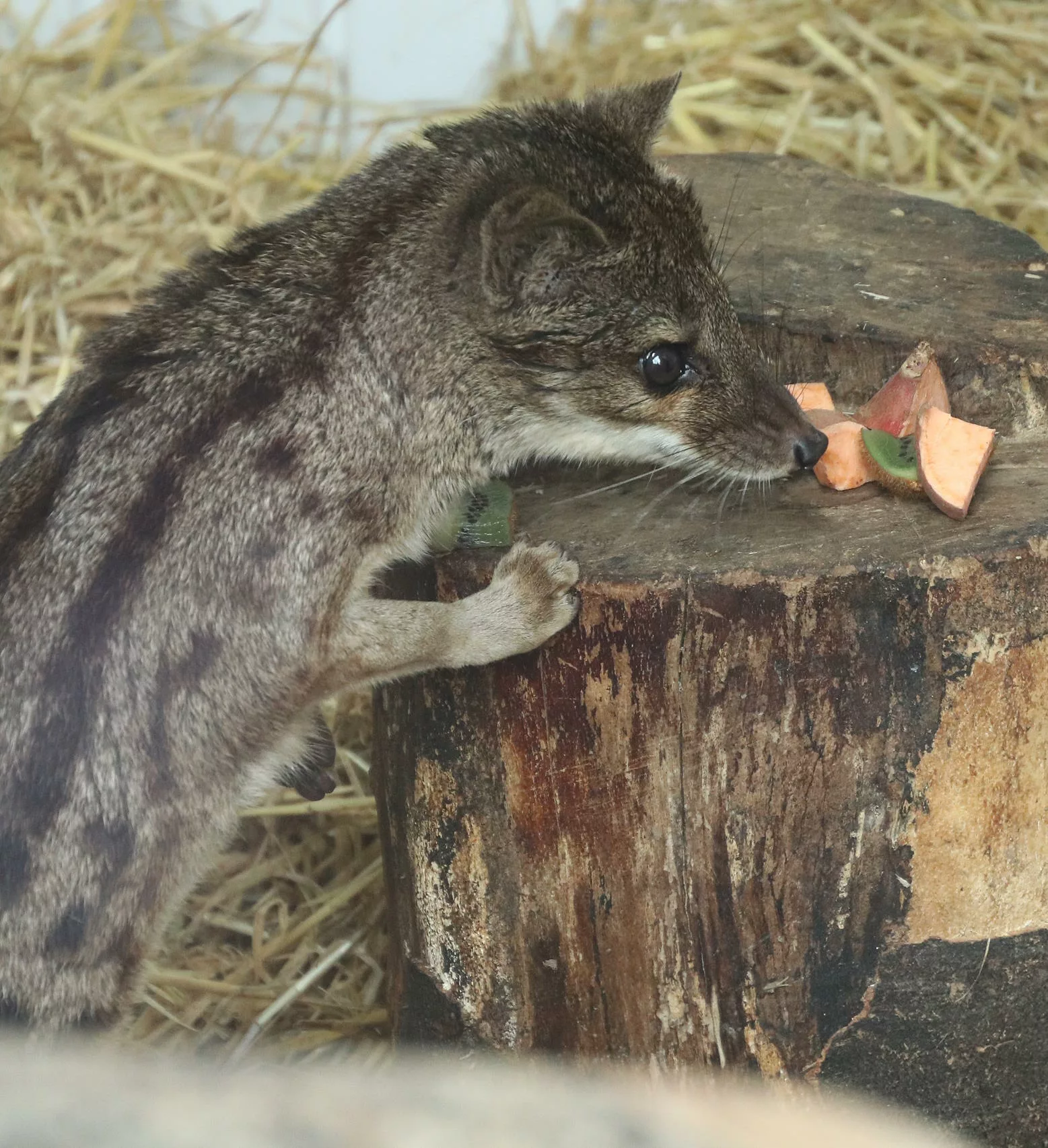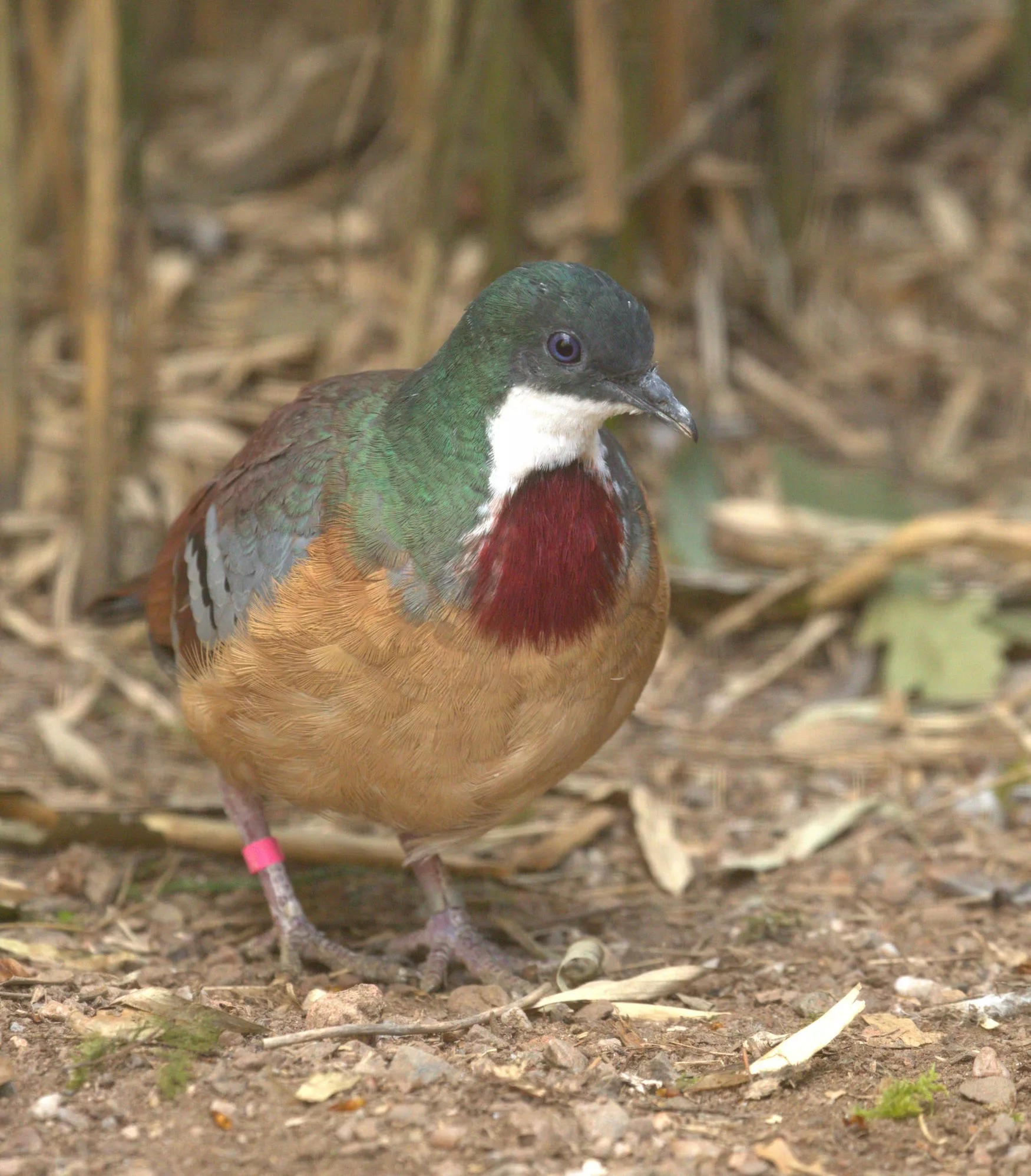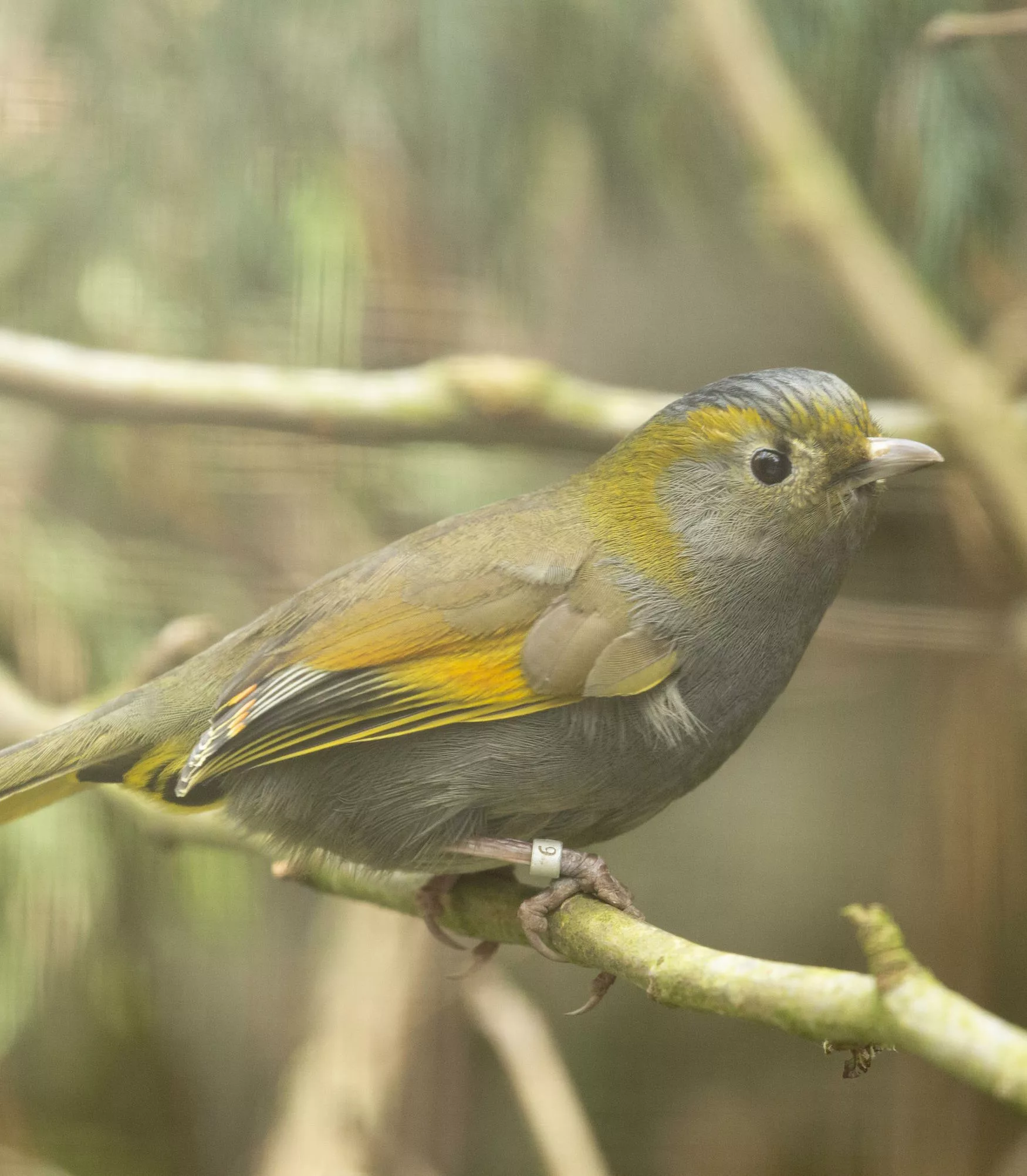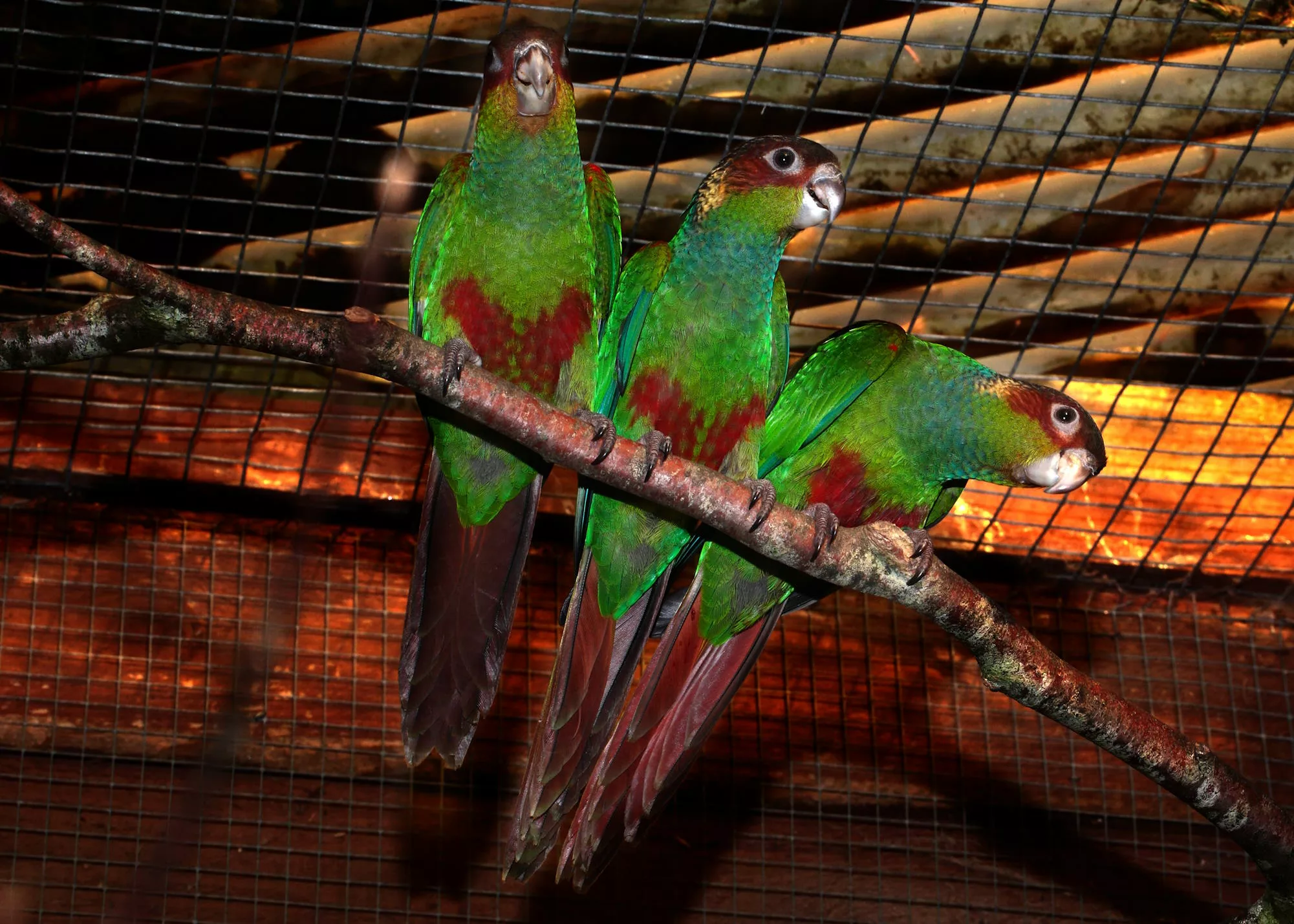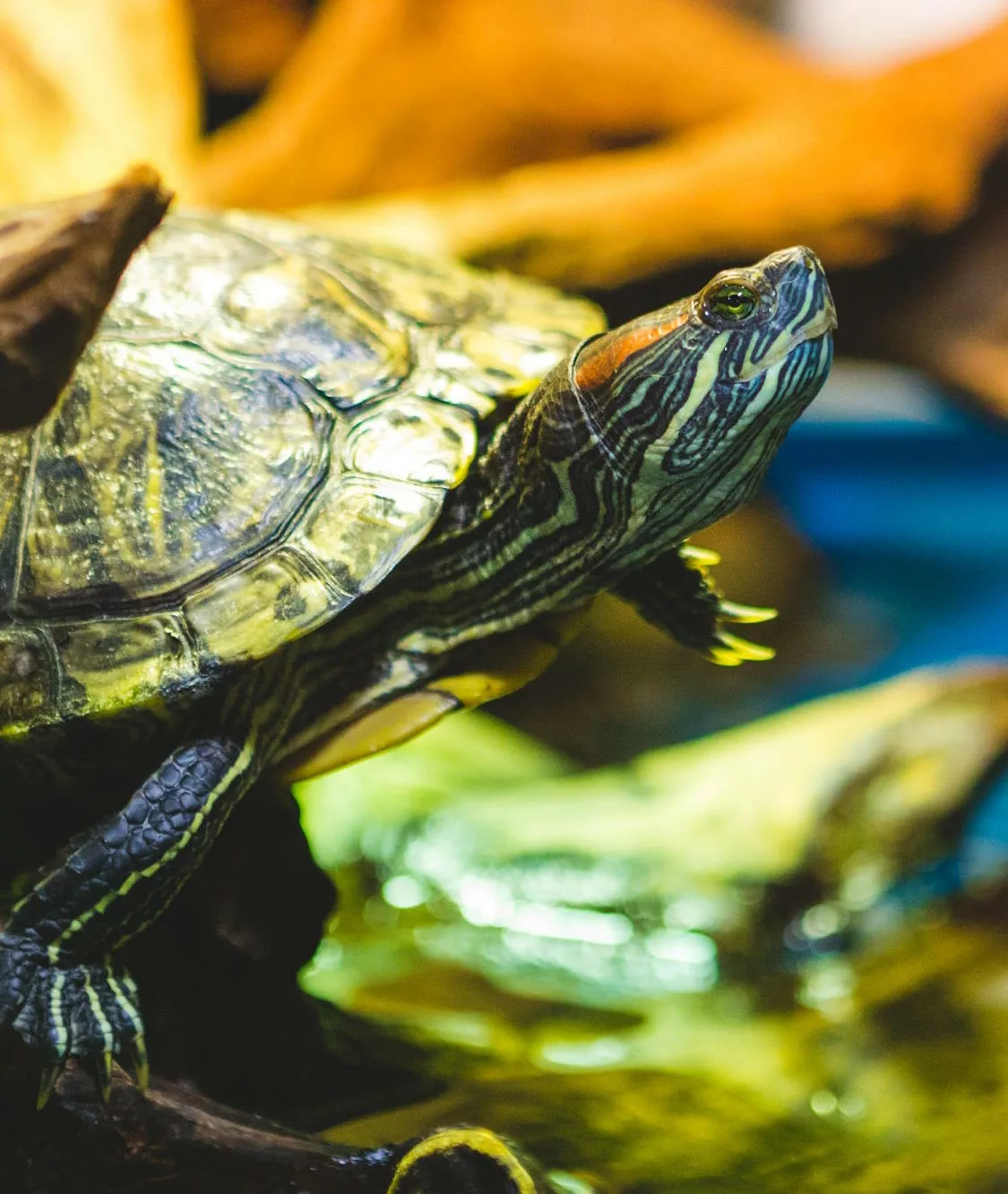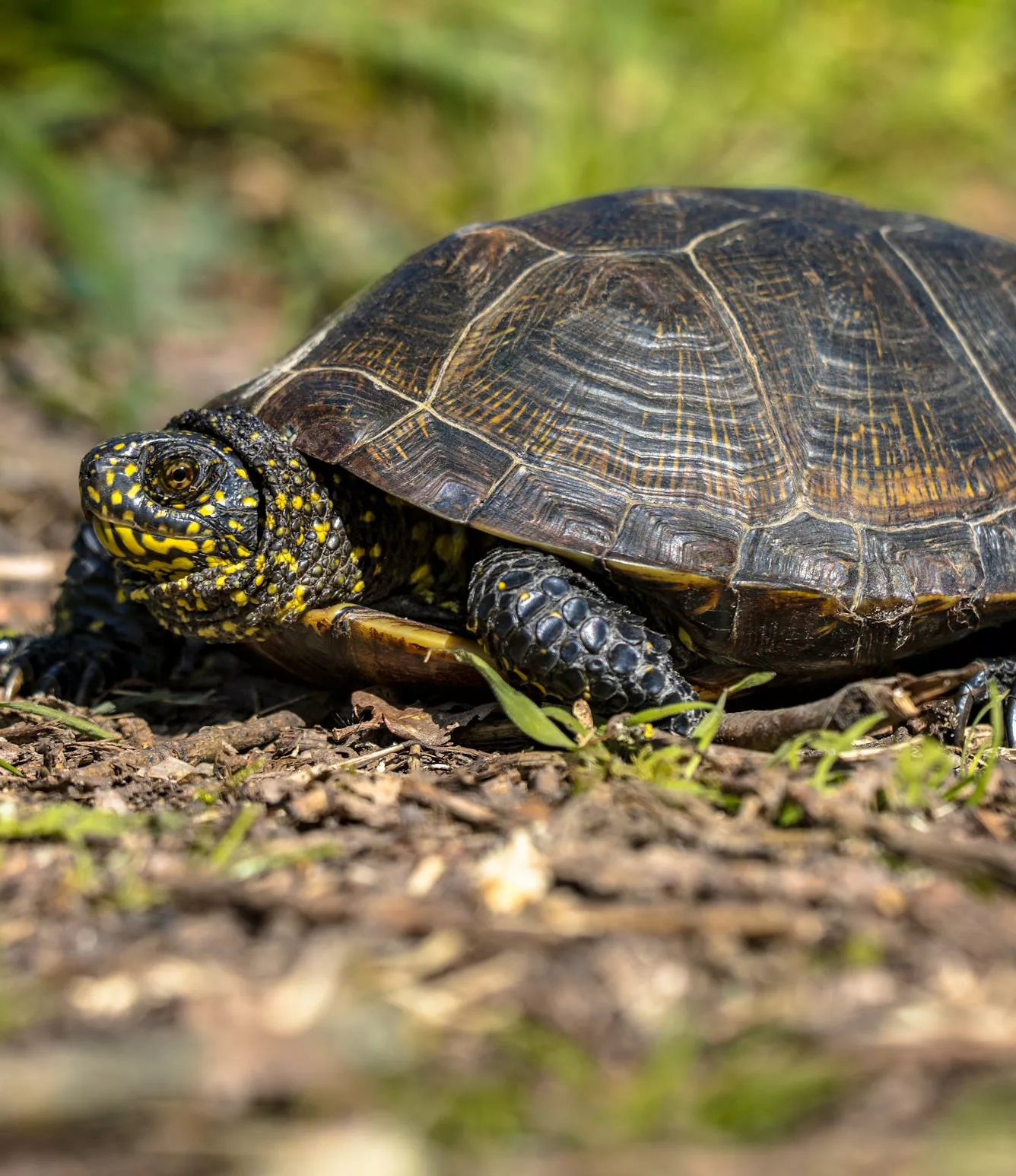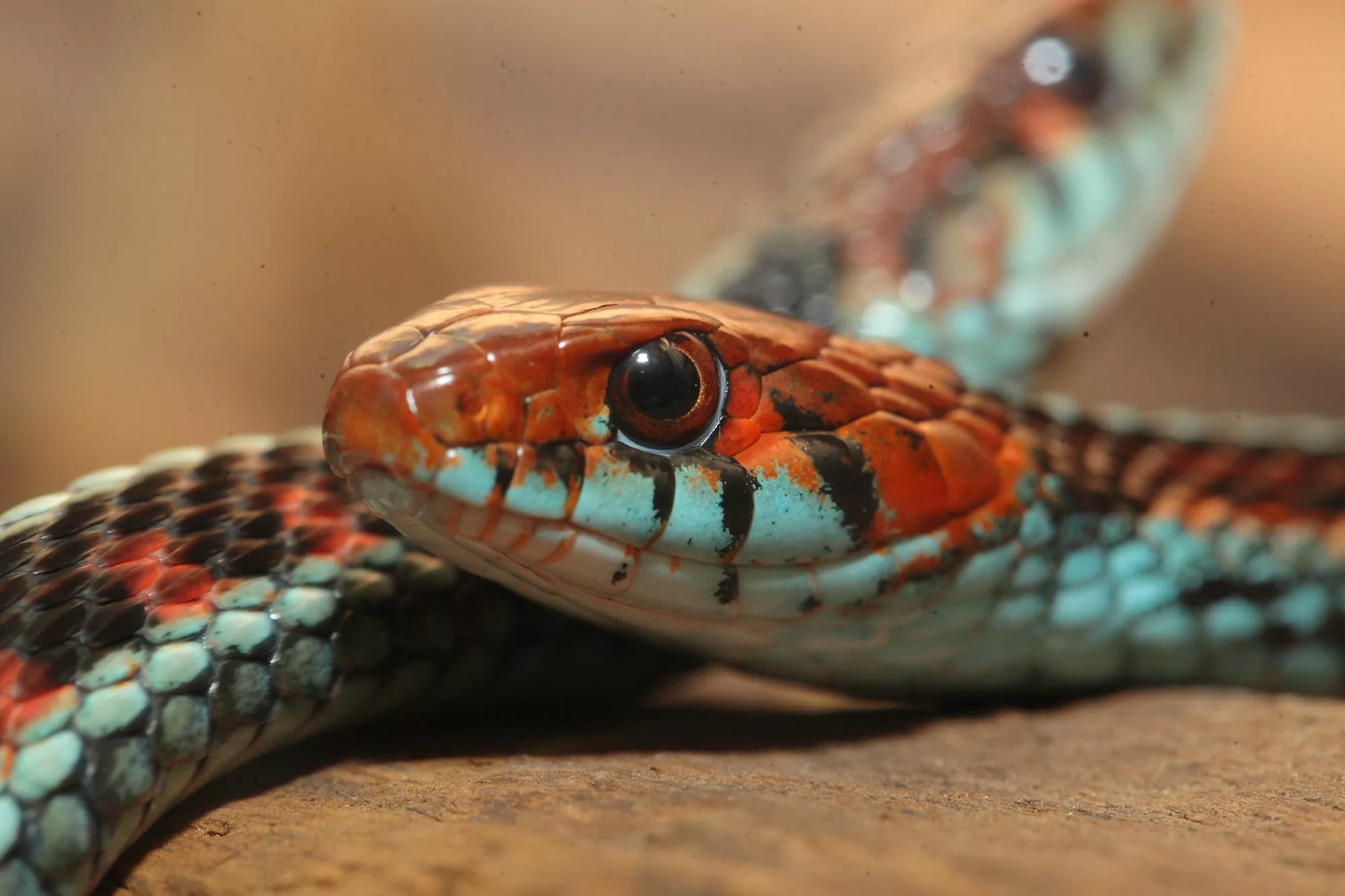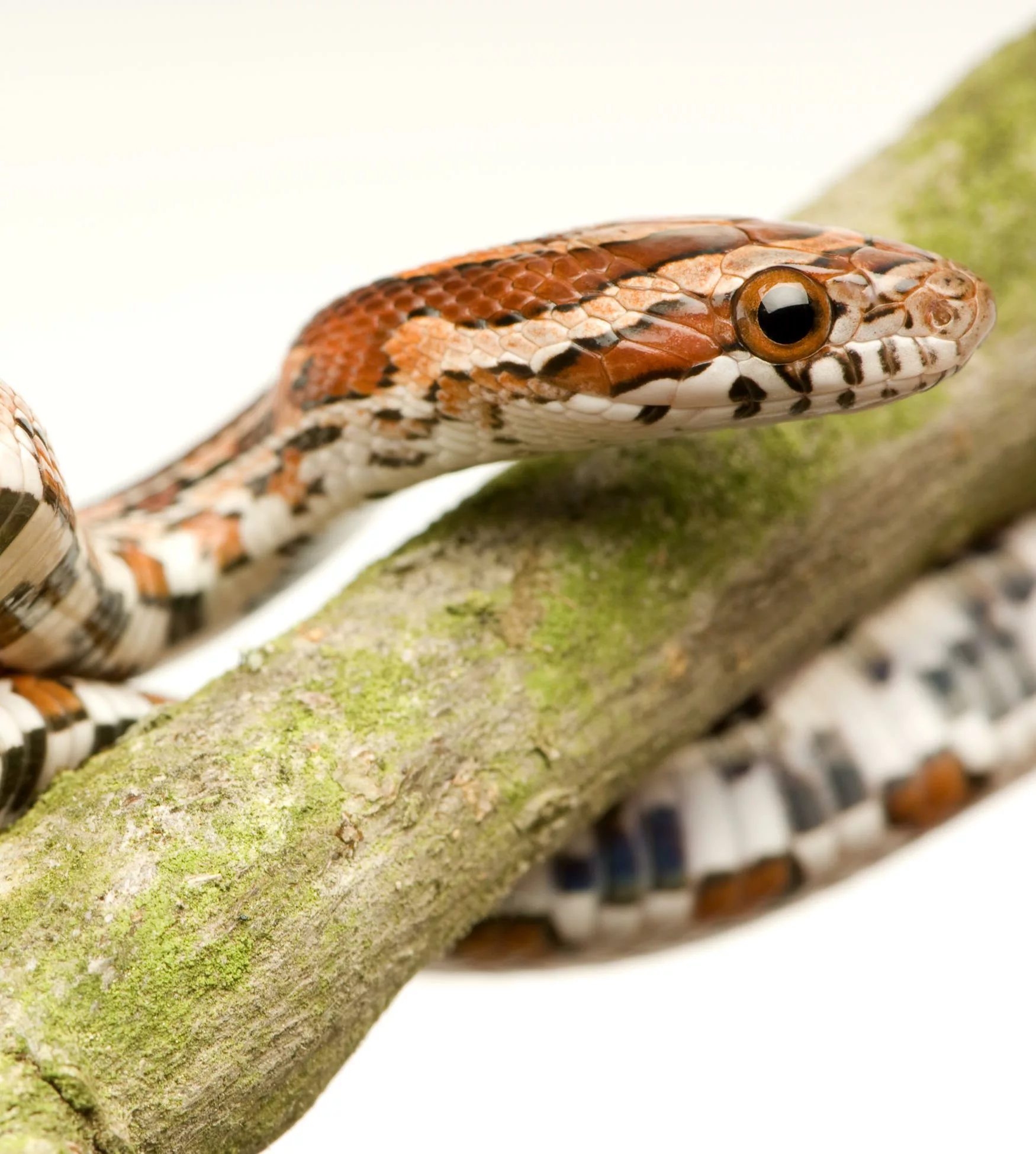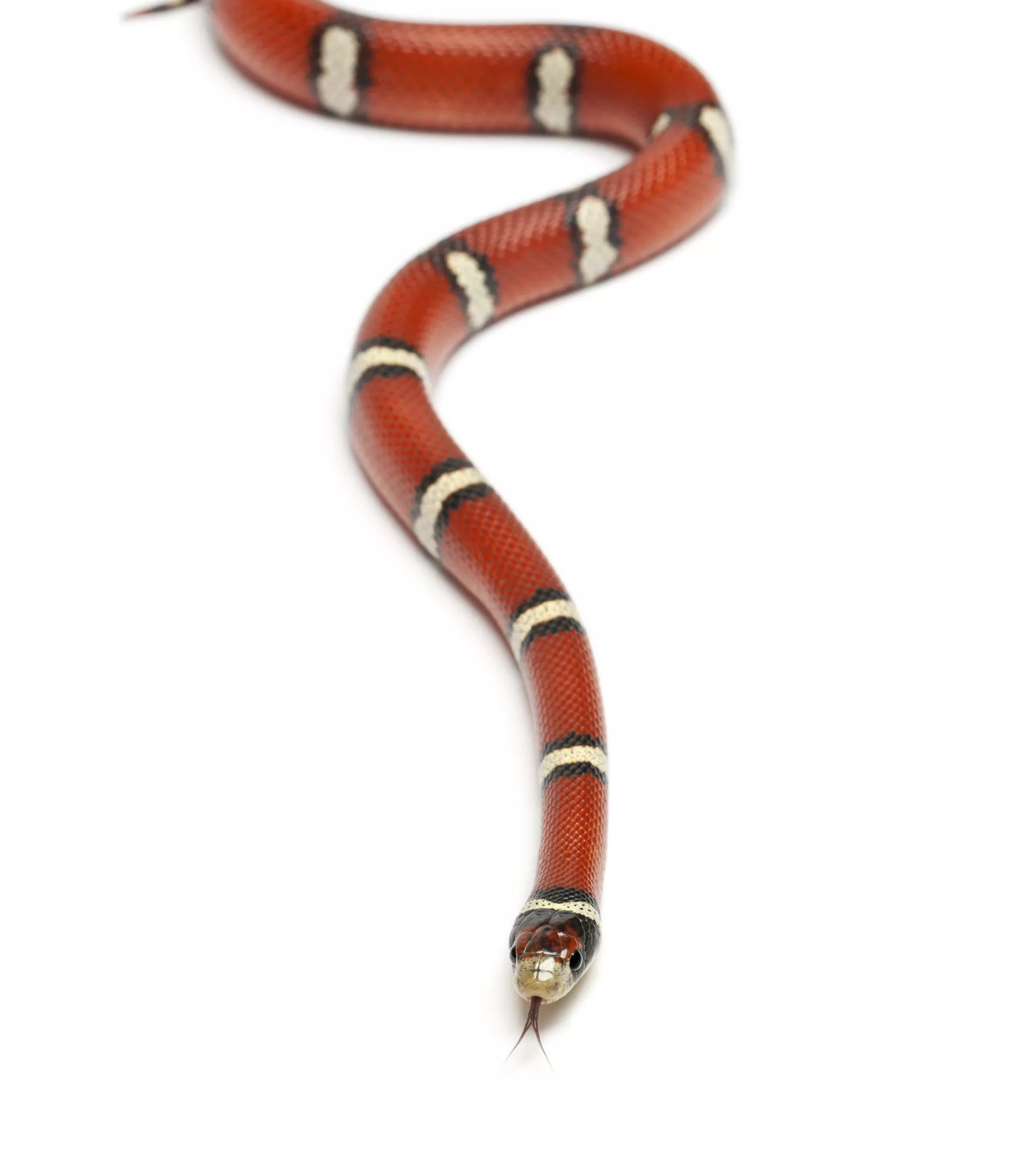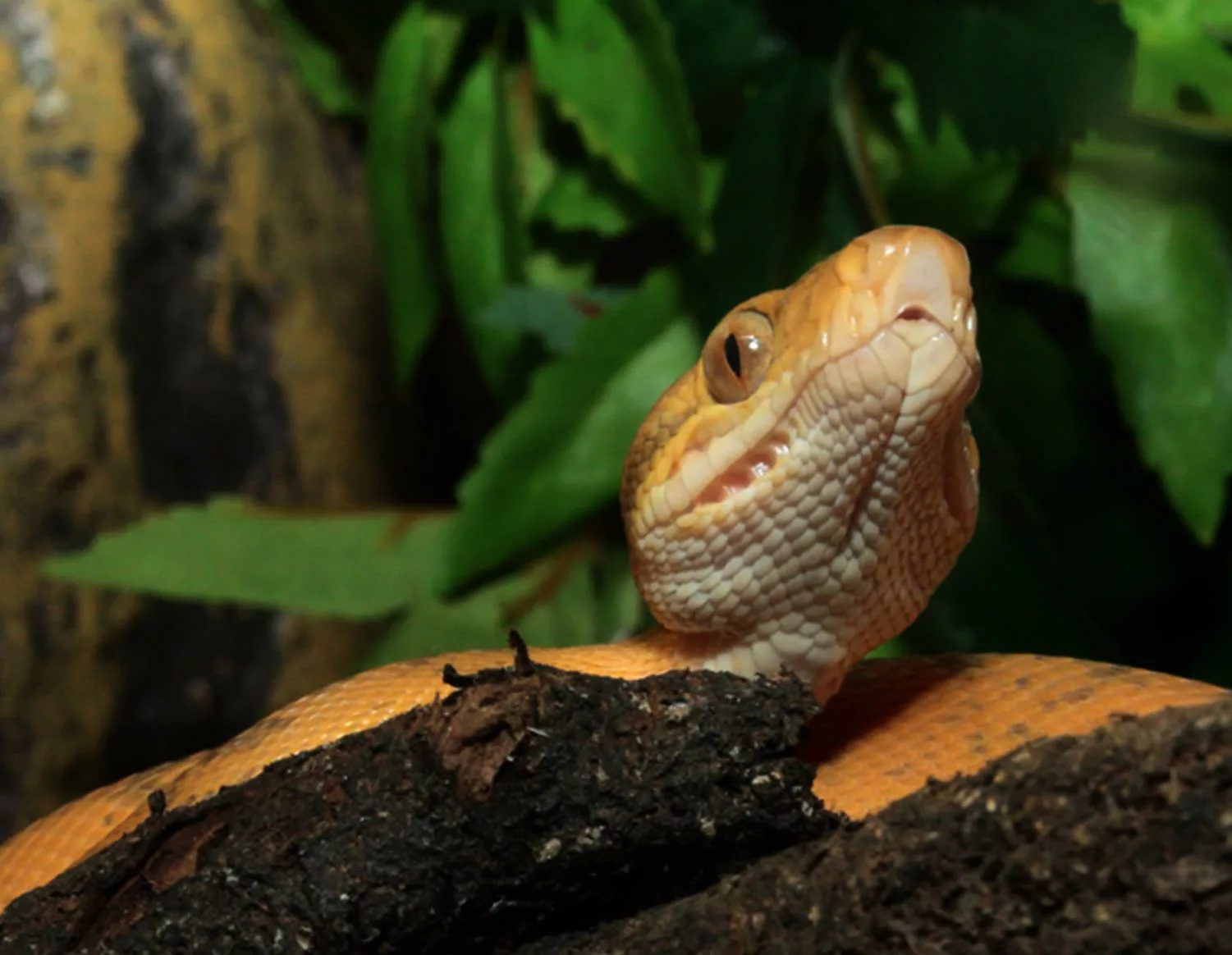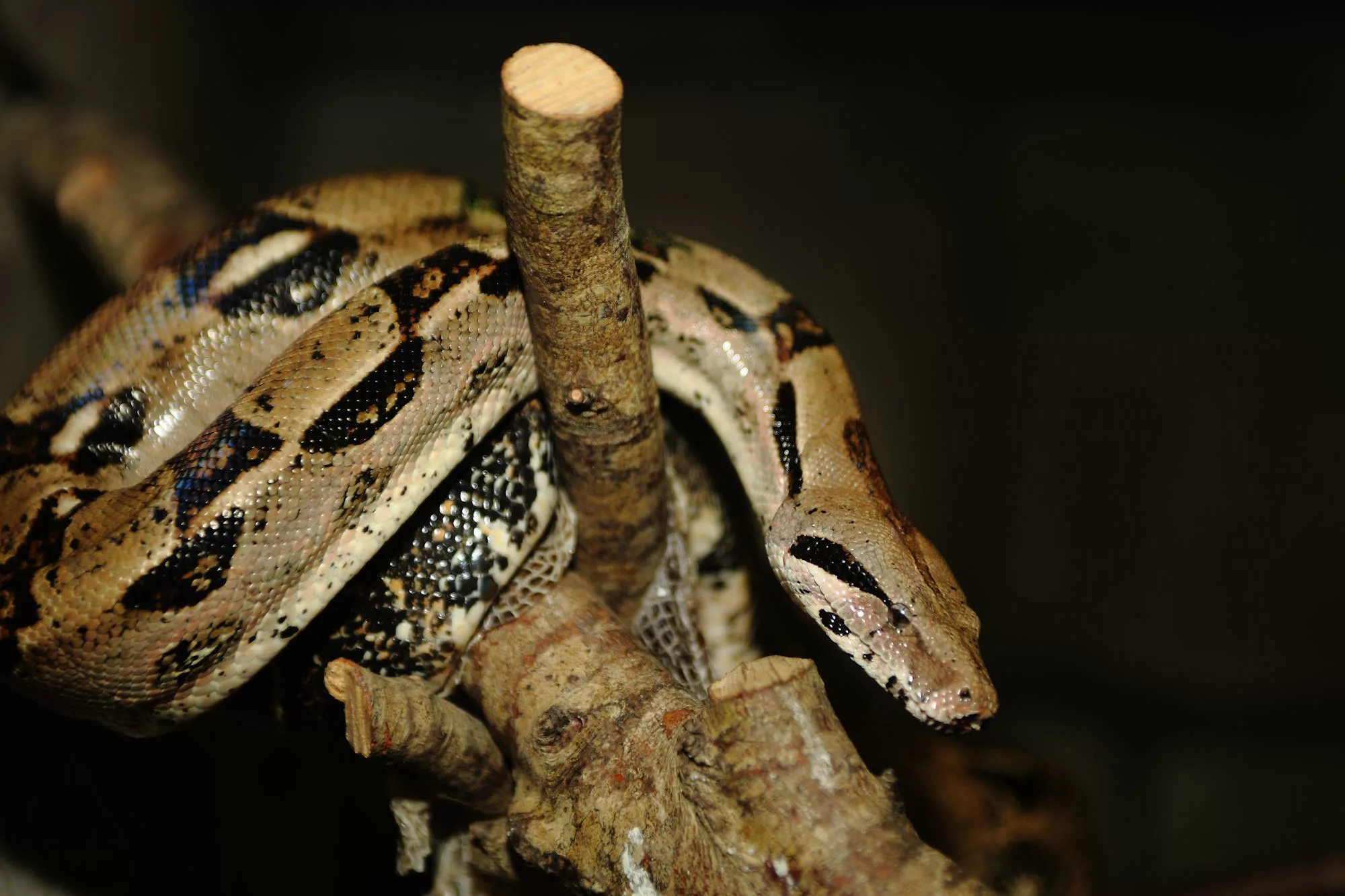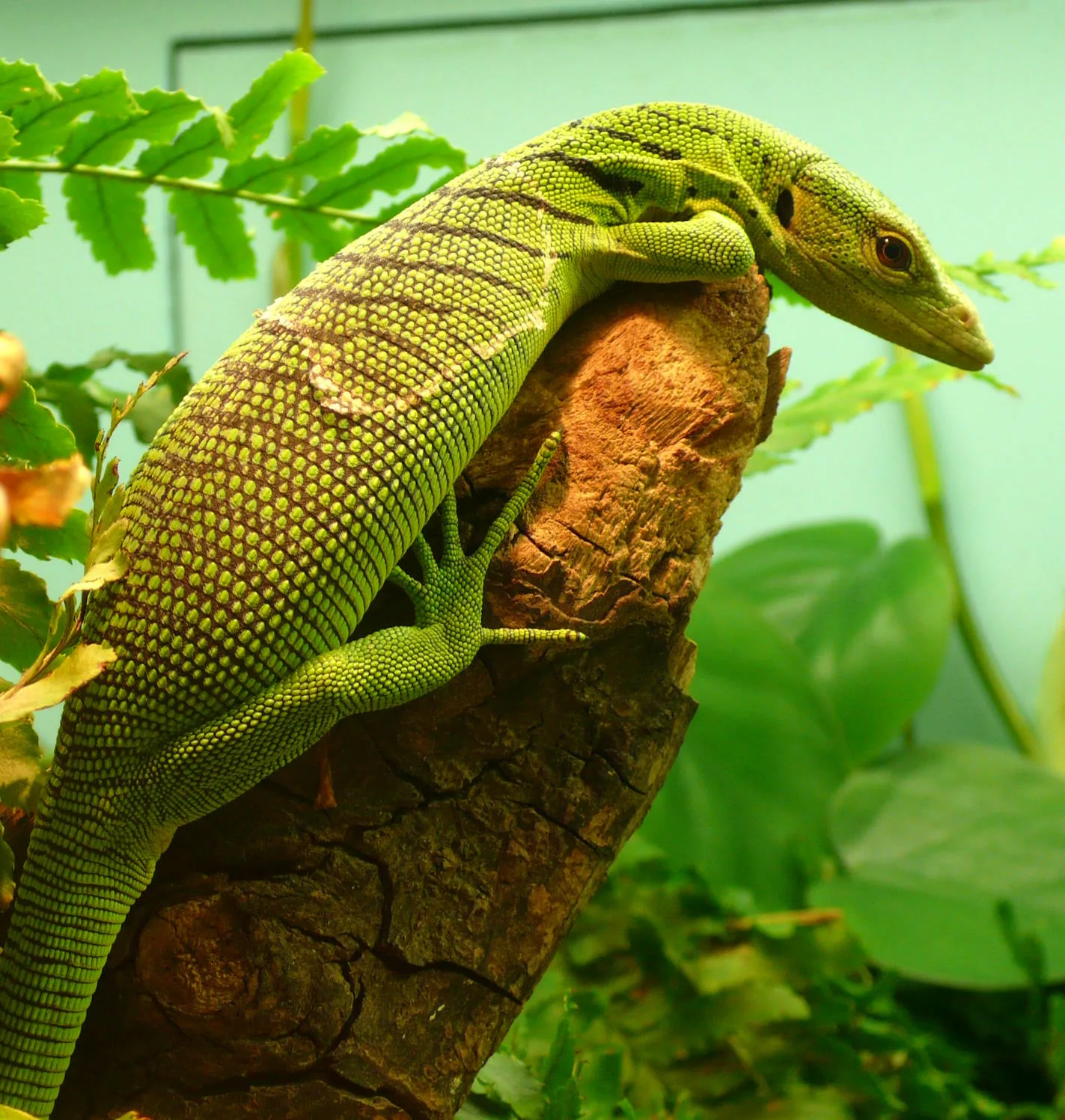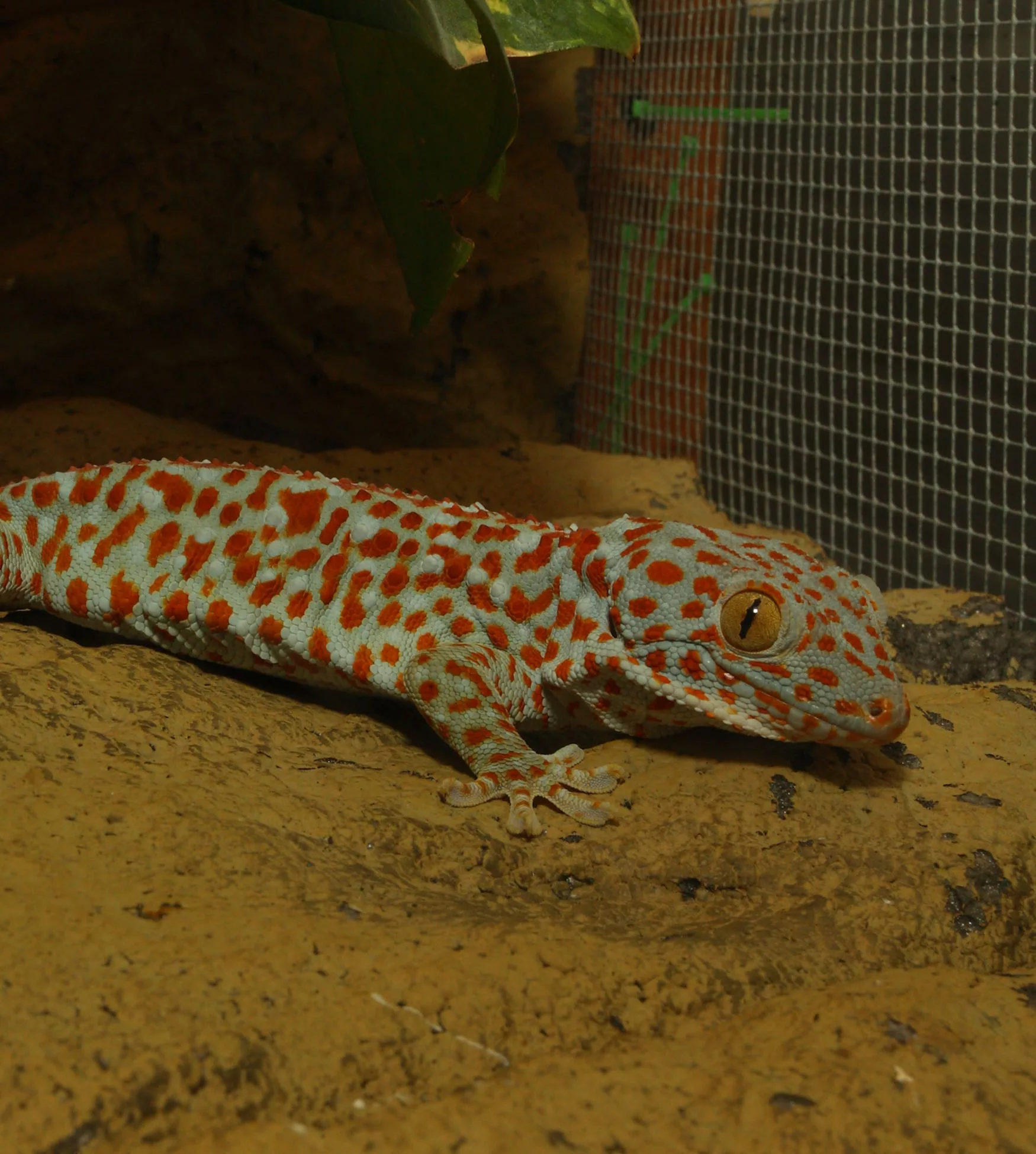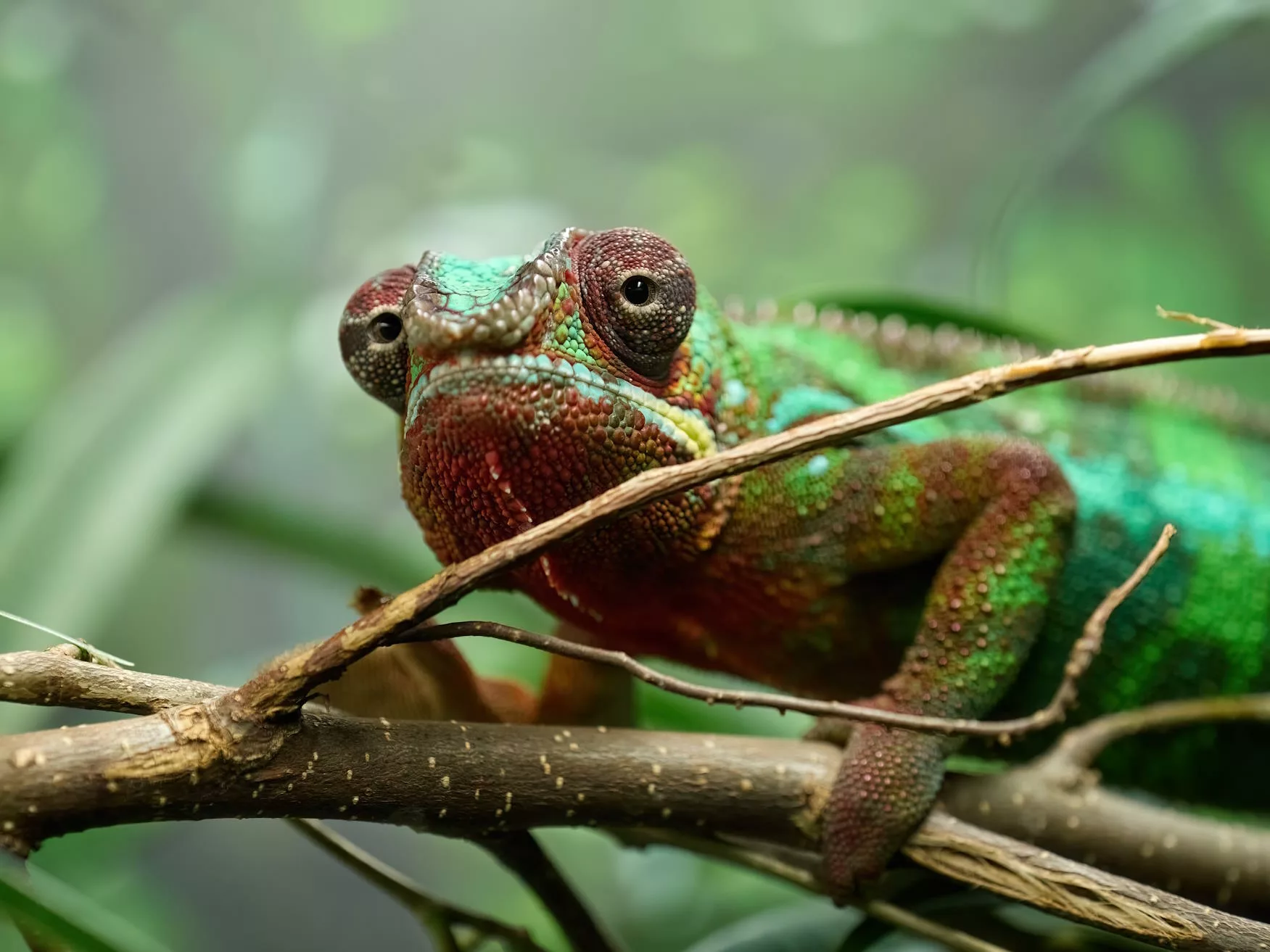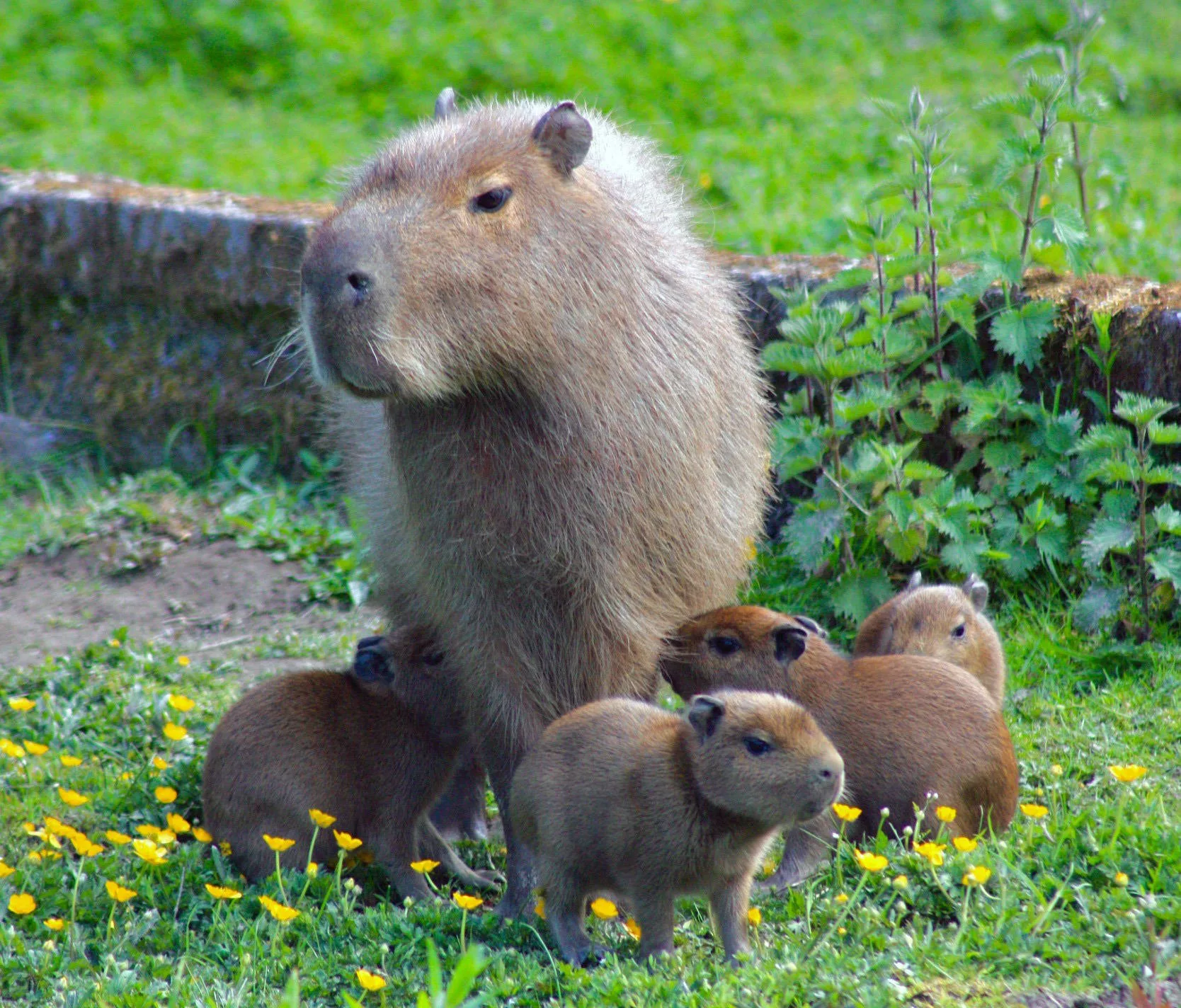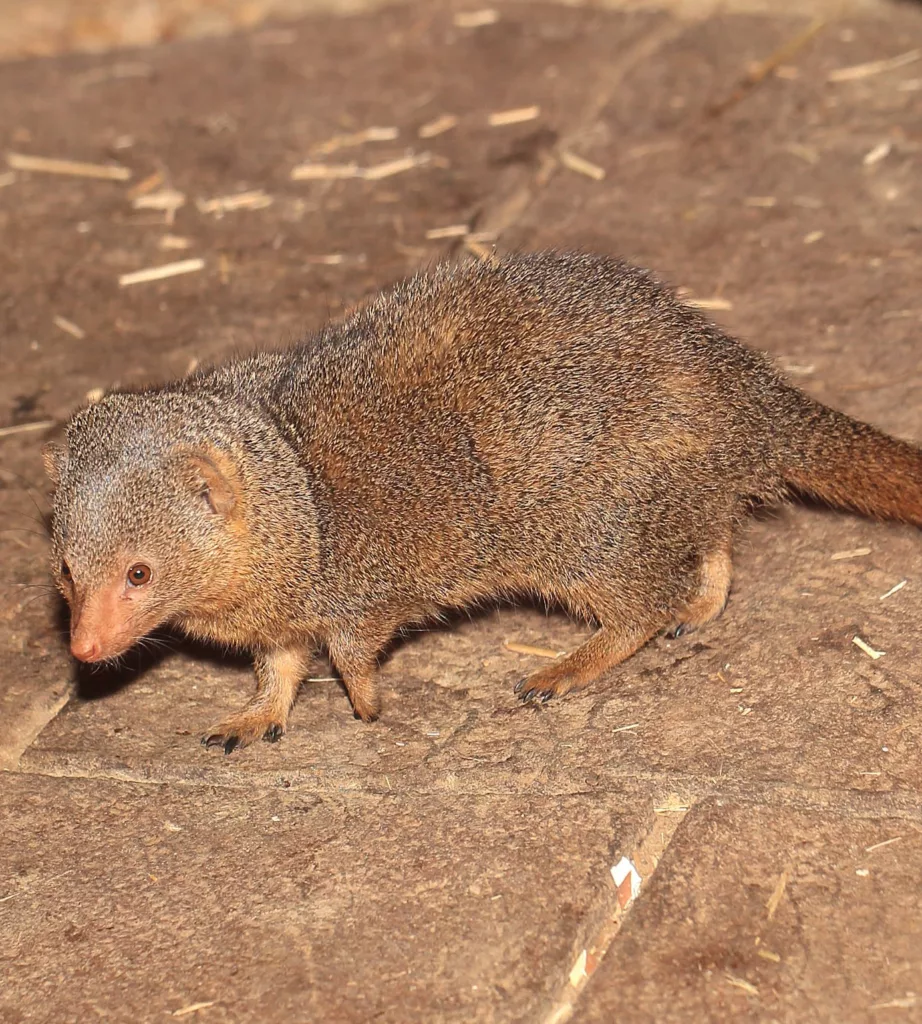
Dwarf mongoose
Scientific name: Helogale parvula
IUCN listed as: Least Concern
Learn before you visit!
Here are some facts about the species – Discover what they eat, find out about their natural habitat, see what they like to do, and more… Set the reading style to suit you too, everyday speak or something aimed towards children.
Child-friendly
Everyday
Diet
The Dwarf Mongoose primarily feeds on insects, making them insectivores. Their diet includes beetles, termites, and grasshoppers, which they hunt by digging into the ground or under logs. They also consume small vertebrates, eggs, and occasionally fruits. This varied diet helps them survive in different environments, ensuring they get all the necessary nutrients. In captivity, their diet is supplemented with fruits, vegetables, and specially formulated food to maintain their health.
Dwarf Mongooses mostly eat insects like beetles, termites, and grasshoppers. They also eat small animals, eggs, and sometimes fruits. In zoos, they get fruits and special food to stay healthy. This variety helps them grow strong and energetic.
Breeding
Breeding in Dwarf Mongooses occurs year-round, but there is a peak during the rainy season when food is abundant. They live in social groups, and usually, only the dominant female breeds, giving birth to 2-6 pups after a gestation period of around 50-60 days. The entire group helps care for the young, with subordinate females often lactating to assist in feeding the pups. This cooperative breeding system ensures high survival rates for the offspring.
They have babies all year but mostly during the rainy season. Only the top female in the group usually has babies, and she can have 2-6 pups. Everyone in the group helps take care of the babies. This teamwork helps the babies survive and grow.
Habitat
Dwarf Mongooses inhabit savannas, open forests, and grasslands across sub-Saharan Africa. They prefer areas with plenty of cover, such as dense shrubs and termite mounds, which they use for shelter and as lookout points. These environments provide ample food resources and protection from predators. Habitat destruction due to agricultural expansion and urbanisation poses a threat, but they have shown adaptability to modified environments.
Dwarf Mongooses live in savannas, forests, and grasslands in Africa. They like places with lots of bushes and termite mounds to hide in and climb on. These homes give them food and keep them safe. Even though people change their homes, they can still adapt.
At the zoo
Dwarf Mongooses are popular in zoos due to their active and social nature, making them interesting to observe. They are kept in enclosures that mimic their natural habitats, providing plenty of hiding spots, tunnels, and enrichment activities. Zoos focus on providing a balanced diet, medical care, and social interaction to keep them healthy and stimulated. Educational programmes in zoos often highlight their social structure and role in the ecosystem, raising awareness about their conservation.
In zoos, Dwarf Mongooses live in places that look like their natural home. They have tunnels and toys to play with. Zoos give them good food and care, and people learn about them by watching how they live and play together. This helps protect them in the wild.
Behaviour
Dwarf Mongooses are highly social animals, living in groups of up to 20 individuals. They communicate through a variety of vocalisations, body postures, and scent markings. Each group has a well-defined hierarchy, with a dominant pair leading the group. They spend their days foraging for food, grooming each other, and playing. This complex social behaviour is crucial for their survival and cohesion as a group.
These animals live in groups and are very social. They talk to each other with sounds and movements. Each group has leaders and they all work together to find food and stay safe. Playing and grooming each other helps them stay close and strong.
Fun facts
- Team Players: Dwarf Mongooses live in groups and everyone helps take care of the babies.
- Insect Lovers: They love eating insects and are great at catching them.
- Tiny Warriors: Despite their small size, they are brave and can defend their group from larger predators.
- Great Communicators: They use lots of different sounds to talk to each other.
- Sunbathers: They enjoy sunbathing in the morning to warm up.
- Group Helpers: Everyone in a mongoose group helps look after the babies.
- Bug Eaters: They love eating bugs and are really good at finding them.
- Brave Little Guys: Even though they are small, they can protect their family from bigger animals.
- Chatty Animals: They use different sounds to talk and stay in touch.
- Sunny Days: They like to sunbathe in the morning to get warm.
More animals to discover at our zoo
Quick Links
Tickets & Prices
You can buy tickets for Exmoor Zoo securely online, as well as finding out more price options, discover offers, and more…
What’s on…
Exmoor Zoo hosts incredible Events all through the year. You can find out about what we’ve got in store here…
Routes & info
Like any great discovery, Exmoor Zoo can feel a little off the beaten path – but don’t worry – you can plan your journey with our recommended routes and other useful travel info.

